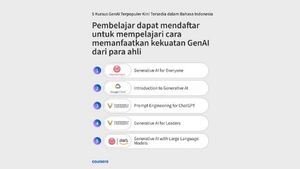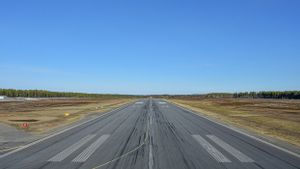JAKARTA Technicals from the Jet Propulsion Laboratory (JPL), one of NASA's research facilities, tested a cylindrical robot in northern Alaska, under the Beaufort Sea to be exact. The robot is named IceNode.
During the testing process, technicians used the IceNode prototype to find out if this robot could help scientists explore the bottom of the Antarctic ice sheet. This tool will calculate how quickly the ice sheet freezes and melts.
The Antarctic ice sheet continues to melt every year due to global warming. If the whole ice melts and nothing remains, the global sea surface will increase to 60 meters. To predict sea level rise, scientists need to observe the level of ice search accurately.
The bottom of the ice sheet is the place scientists most want to measure because of its very difficult access. Satellites are unreliable because ice sheets can be one mile thick and cavities are difficult to observe. Therefore, IceNode is urgently needed.
"We've been reflecting on how to overcome these technological and logistical challenges over the years, and we think we've found a way," said Ian Fenty, NASA's JPL Climate Scientist and IceNode Science Leader. "The goal is to get direct data on the ice-sea melting interface, under the ice sheet."
SEE ALSO:
The technicians at JPL developed IceNode as a 2.4 meter long vehicle and 25 centimeters in diameter. The autonomous robot will have a three-legged landing wheel from one end so it can be attached to the bottom of the ice.
This robot model will look very simple because it is not equipped with propulsion form. Ice Node will work autonomously with the help of software that obtains information from ocean current models and special sensors to measure sea water speed.
After being released into the ocean, IceNode will work for a full year. This robot will not stop collecting data even if seasonal fluctuations occur. If the observations are complete, IceNode will escape from the ice, float into the open ocean, then send data that has been collected to the satellite.
The English, Chinese, Japanese, Arabic, and French versions are automatically generated by the AI. So there may still be inaccuracies in translating, please always see Indonesian as our main language. (system supported by DigitalSiber.id)















